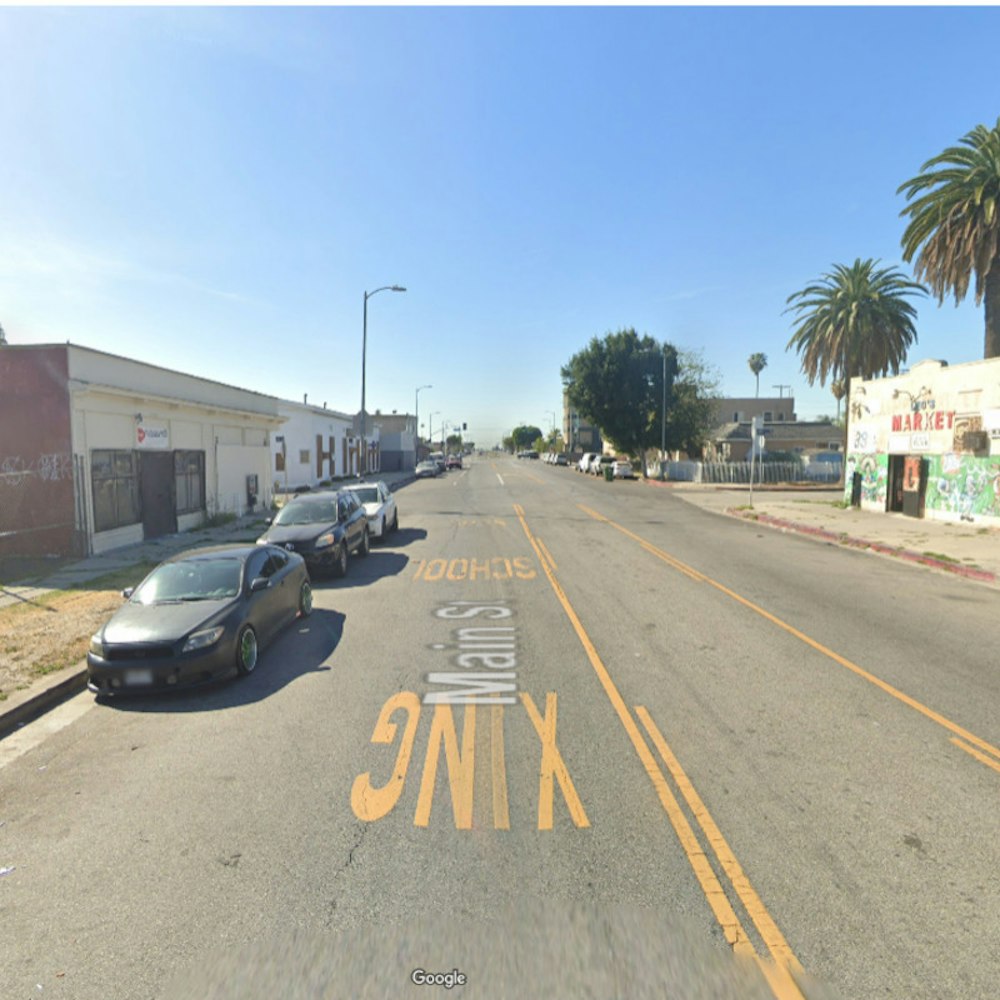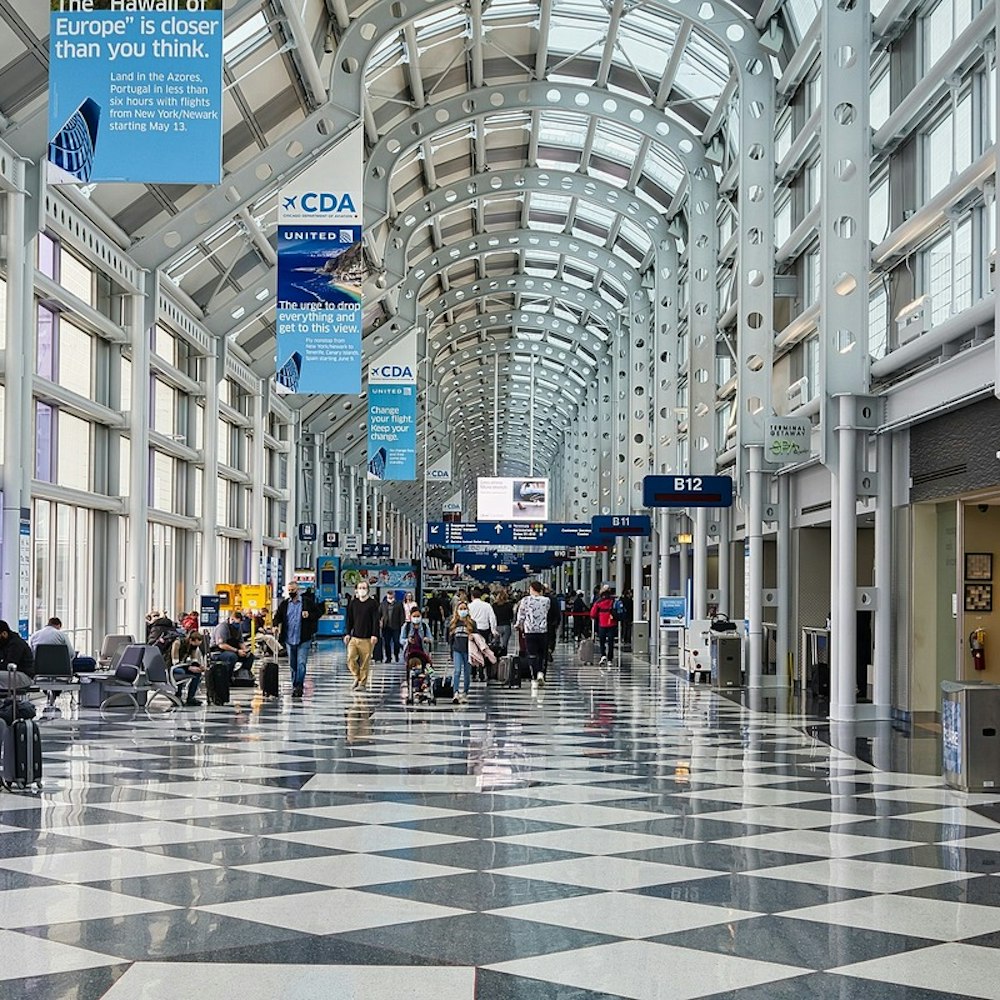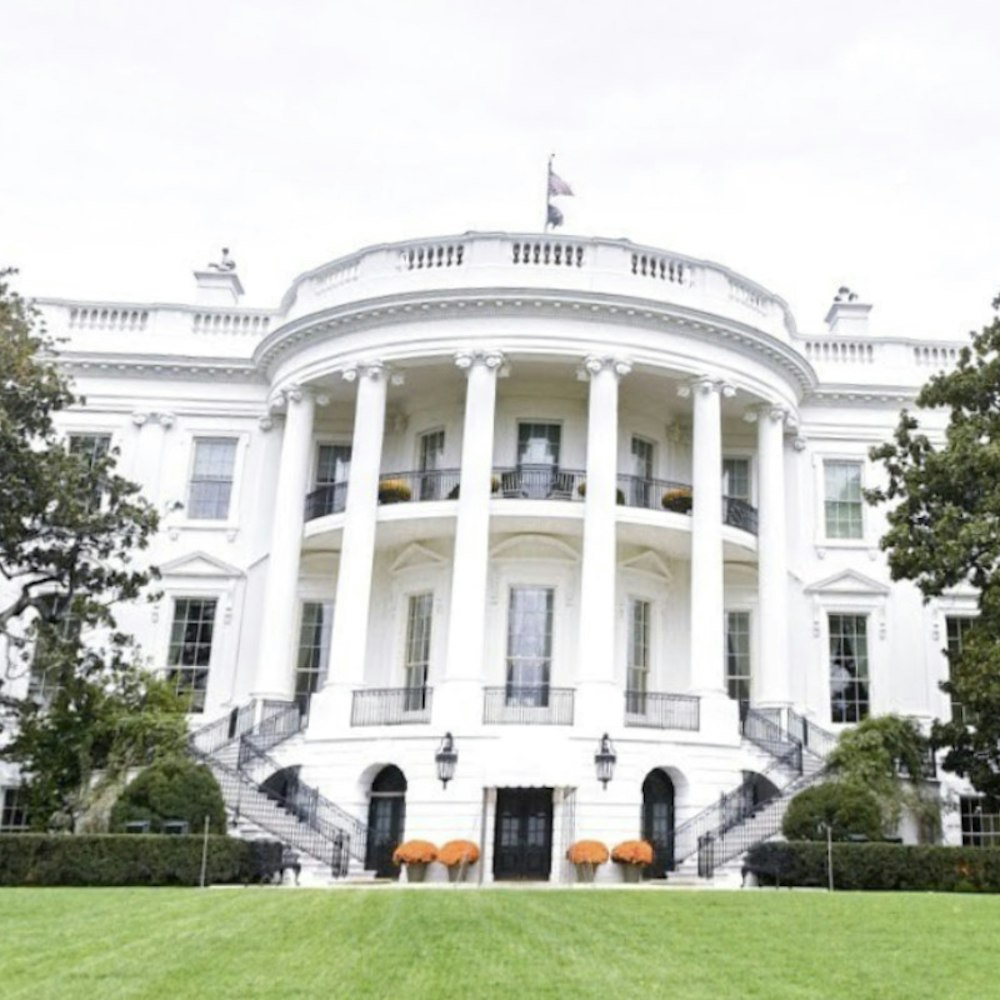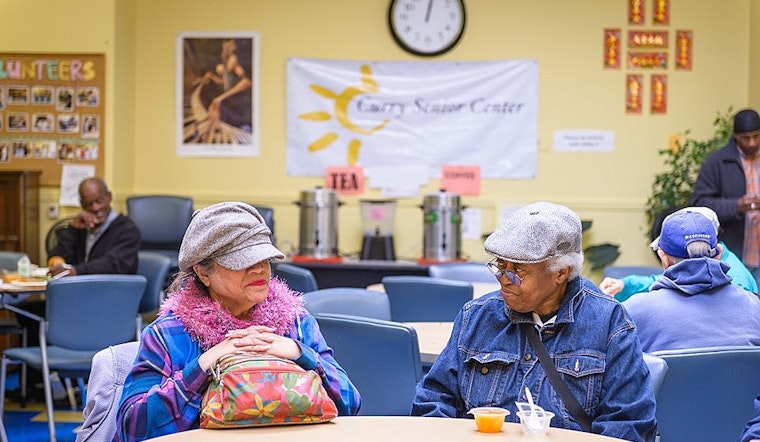
Basic needs like housing, food and healthcare can be hard to come by in the Tenderloin, where a large proportion of seniors rely on community services to make ends meet.
About 85 percent of Tenderloin seniors served by the nonprofit meal delivery service Meals on Wheels live on less than $1,000 a month, according to the group's marketing and communications director, Jim Oswald.
And their numbers are set to grow. By 2030, nearly 30 percent of San Franciscans will be age 60 or older.
Yet more Bay Area elders are homeless or facing housing instability than ever, due to the region's increasing cost of living, lack of affordable housing, and the closure of residential facilities over high business costs.
This June, Governor Gavin Newsom signed an executive order that called for California to create a “Master Plan for Aging," in recognition of the fact that the state's over-65 population is set to double in the next decade, to 8.6 million people.
Details of the Master Plan are still in the works — Newsom called for it to be complete by October 2020 — but here in San Francisco, experts say any good plan must address systems, services, and funding.
At "Be Part of the Plan," an event about the future of aging that took place last month at San Francisco’s Hyatt Regency, Supervisors Norman Yee and Sandra Lee Fewer said that homelessness and displacement are major concerns for older San Franciscans, especially in areas like the Tenderloin.
A Point-In-Time survey conducted earlier this year found that 25 percent of the homeless population in San Francisco are 51 or over. About 10 percent are 61 or over – a proportion that has more than tripled in less than 10 years.
It's unclear how many of those unhoused elders reside, or formerly resided, in the Tenderloin. Shireen McSpadden, executive director of the city's Department of Aging and Adult Services (DAAS), said that there isn't currently good data that breaks down the number of homeless San Francisco seniors by district. But the issue could be addressed in the Master Plan.
The Board of Supervisors is trying to “commission regular reports that talk about homelessness among the older adult population and housing,” she said. “Right now, we don’t have that – the Master Plan could potentially help.”

David Knego, executive director of the nonprofit Curry Senior Center, would like to see more funding dedicated to senior wellness care facilities like his own.
“Last year we served over 1,000 patients at our health clinic,” he said. “Of that total, almost a quarter were homeless seniors from the Tenderloin.”
If Knego's organization received extra funding, he said, the first thing he would put the money toward is its client assistance fund, which stabilizes seniors at risk of losing their housing to medical bills, high rents and daily living costs.
Supervisor Yee echoed this view at last month's panel, advocating for "incentives and tax breaks that will lead to more assisted living facilities, affordable housing, and resources,” he said.
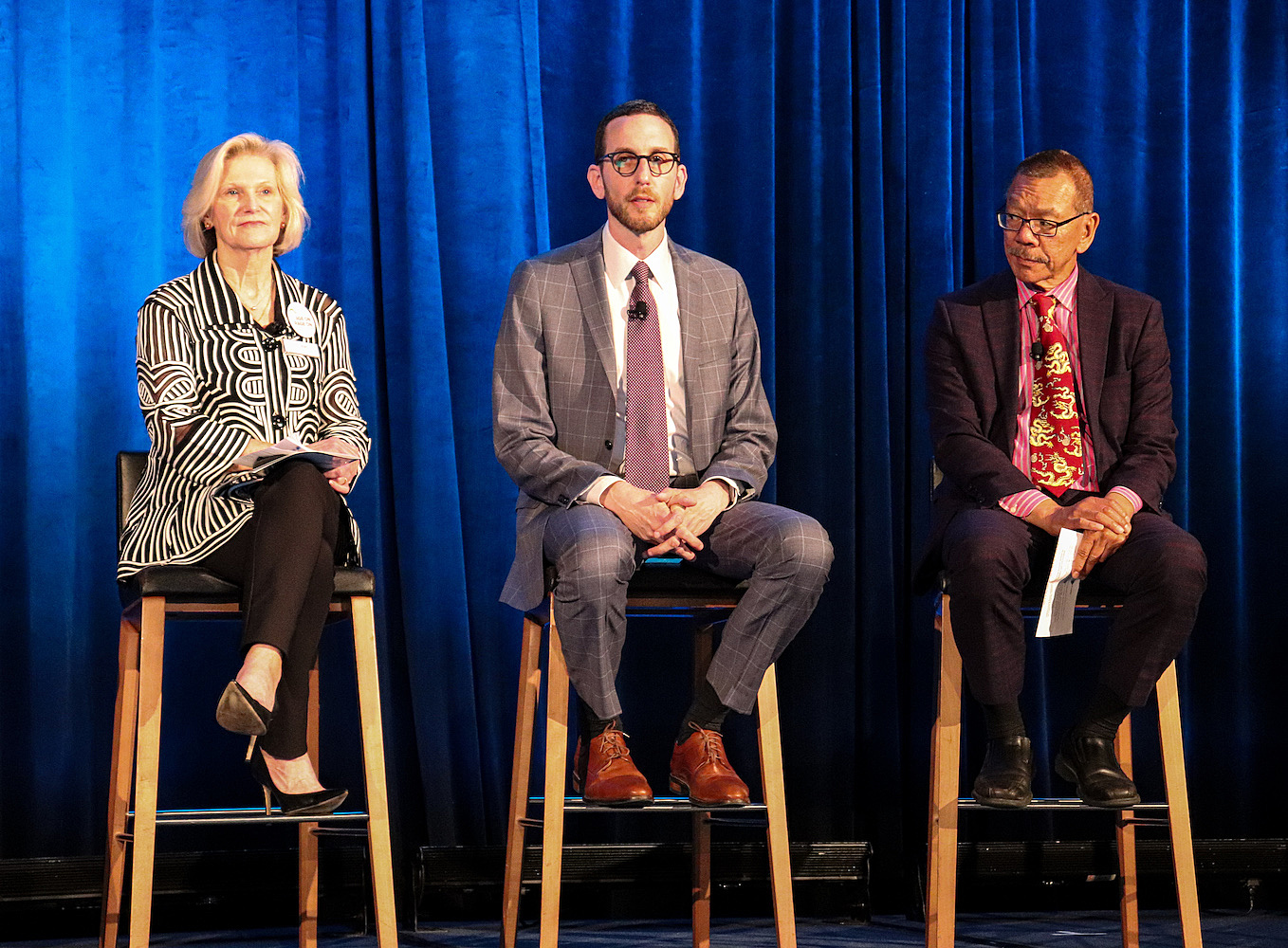
Other politicians, like State Senator Scott Weiner, have proposed that the Master Plan focus on bolstering and expanding In-Home Supportive Services (IHSS), so that seniors on restricted incomes can remain in their homes.
According to a 2016 report by the DAAS, the Tenderloin makes up 17 percent of senior IHSS clients living alone – one of the largest populations of senior IHSS clients in San Francisco. But recruiting care workers is difficult, given the profession's low wages and the city's high cost of living.
“Paying IHSS workers a non-poverty wage is in everyone’s best interest,” said Weiner at last month’s panel.
Seniors could also use support navigating complex federal and state systems across housing, mental health care and Social Security.
“In California, there are over 120 different programs for the aging population across 27 government agencies,” explained Mark Burns, executive director of Homebridge, which supports IHSS recipients who can't hire their own provider due to behavioral health conditions like mental illness, addiction or dementia. “It’s hard for government to know what it is doing, let alone for older adults.”
About 60 percent of Homebridge’s senior clients live in the Tenderloin. Compared to seniors in other districts, Burns says, they have less stable housing and family support, as well as a higher severity of behavioral health issues. Yet they have less access to treatment.
“San Francisco does not do a good job at reaching and caring for the aging population with behavioral health conditions,” he said.
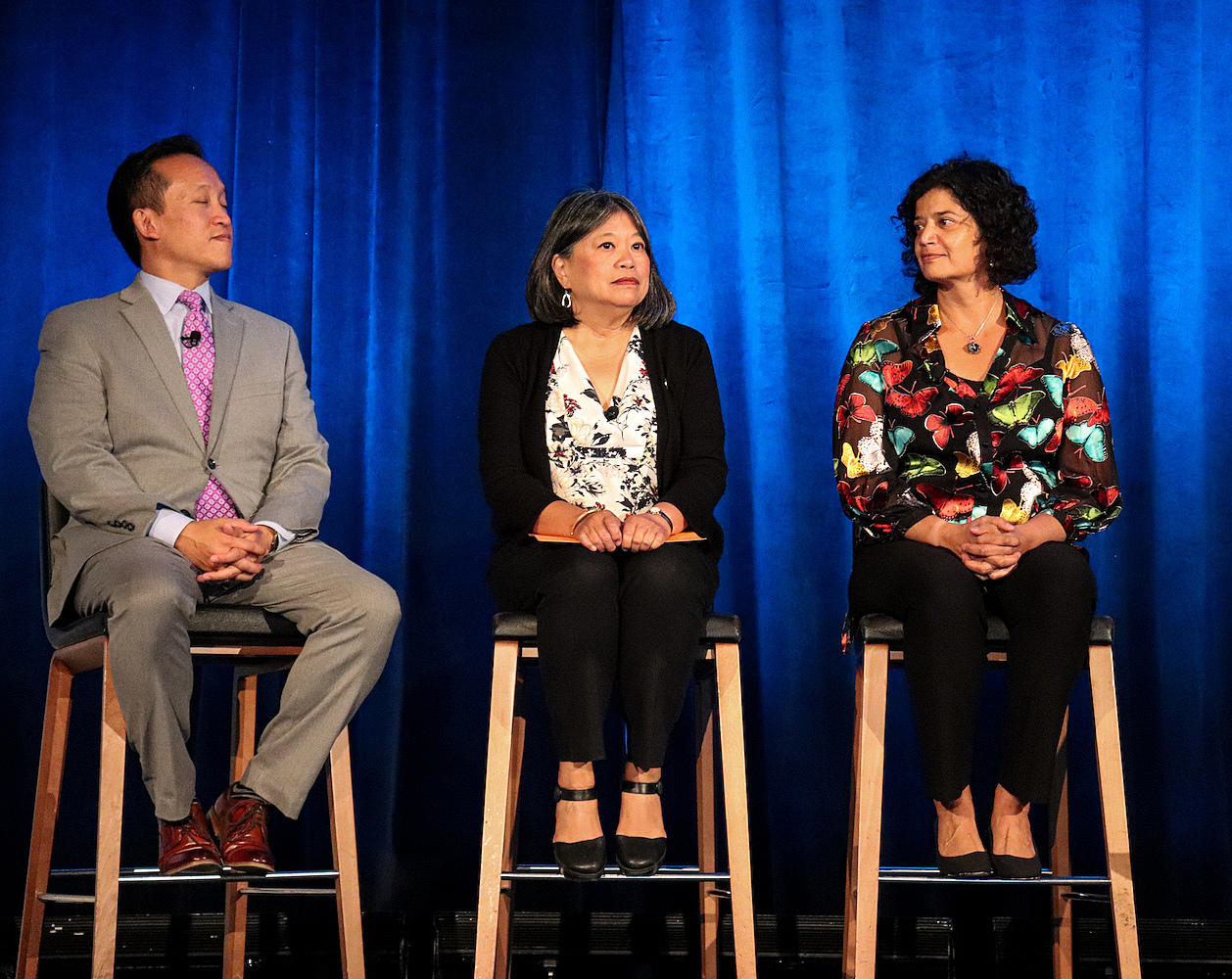
McSpadden agreed that the Master Plan needs to focus on streamlining or merging services — specifically, for seniors and people with disabilities.
According to a report by the Tenderloin Hunger Task Force, older adults and people with disabilities, who in many cases are one and the same, face similar barriers to meeting their basic needs, including mobility issues, isolation, and fixed incomes.
While San Francisco already integrates its services for these two populations through IHSS, McSpadden says she's concerned about people from these populations that don’t qualify for Medi-Cal.
“A good Master Plan will go beyond what IHSS currently does,” she said. “If you have Medi-Cal, great. But what if you are outside of eligibility and are low-income? The Master Plan can address that issue.”
Others have been more frank about what the Master Plan requires. At last month’s panel discussion, Supervisor Fewer said that what she wants out of the Master Plan is “a shit load of money.”
State Assemblymember David Chiu echoed her sentiment.
“We need more money to invest into our healthcare system, social service safety net, and economic and workforce development programs,” he said at the panel. “All of these things will be important to dealing with the multifaceted needs of our aging communities."
